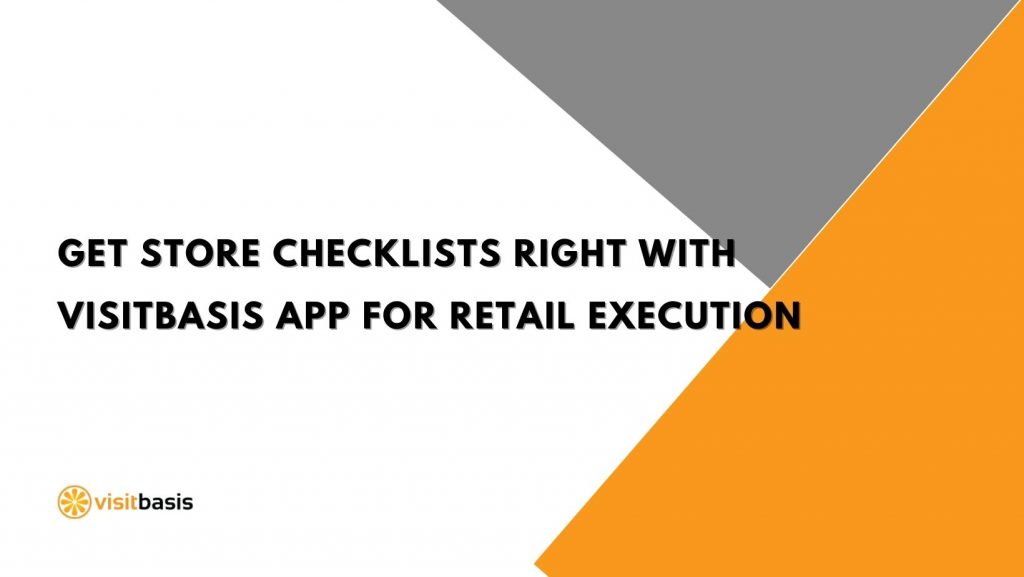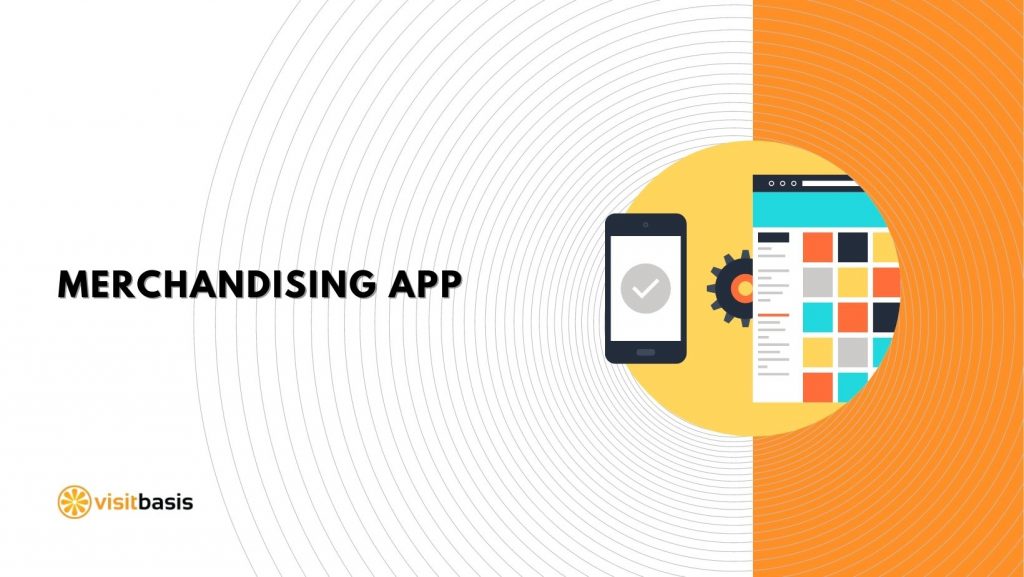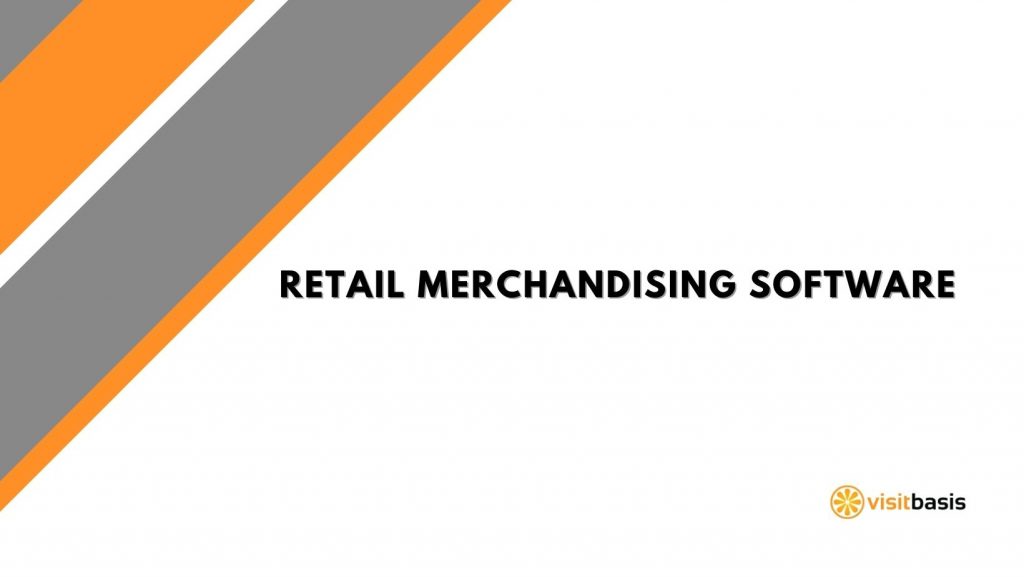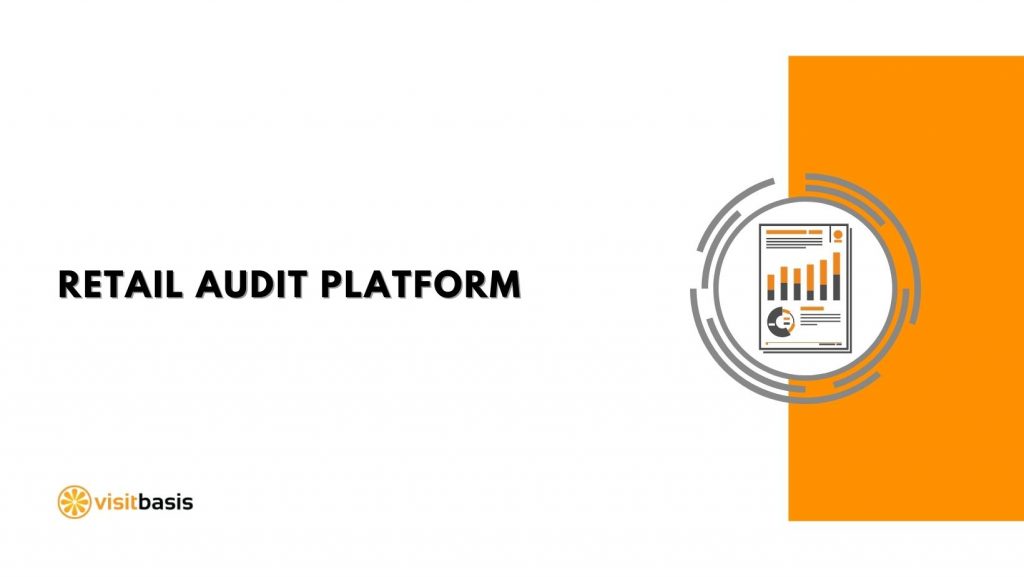Store checklists are notorious for being difficult to plan, implement and report on, especially when the retail inspection encompasses several SKUs across multiple categories. Not only it is time and labor-intensive, but the data processing as a whole – from collection to transcription – is extremely prone to human error.
The best way to optimize store checklists is with an app for retail execution, which solves several issues in the checklist process:

Tailoring checklists by product category
While management might want tailored information for each product category, checklists tend to be condensed in order to reduce human error in filling them in. With an app for retail execution, it is easy to create and report on category-specific tasks with tailored checklists.
Tailoring product distribution lists by chain, group, or individual stores
This is another area where human errors are common: due to the different product selections at each store, reps or inspectors normally receive checklists showing the whole range of SKUs. An effective app for retail execution allows creating product distribution lists by store or group of stores and then cross-references tasks with these lists, displaying for the rep only the products that should be on the shelves in the first place and removing cluttered information.
Excessive paperwork
This comes as no surprise: the virtual elimination of paperwork is one of the biggest advantages of an app for retail execution.
Time-consuming data transcription
Data transcription not only is time-consuming but also error-prone. It delays reporting and can affect time-sensitive decision-making. A great app for retail execution eliminates data transcription from the process and makes data available for reporting as soon as store visits are closed.
Do you want to learn more about how VisitBasis app for retail execution can help you optimize your store checklists?



